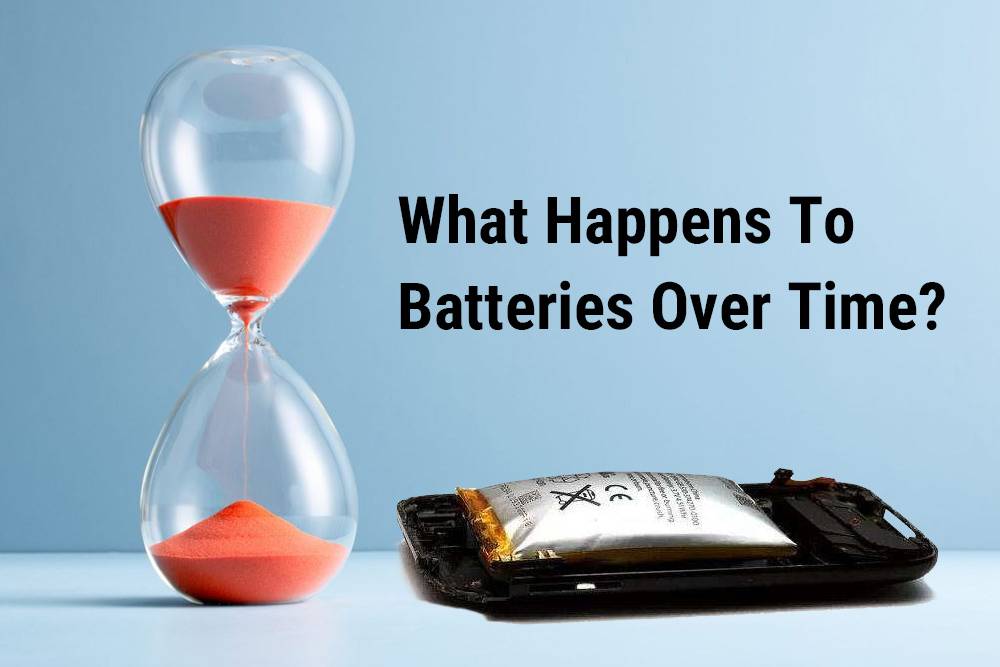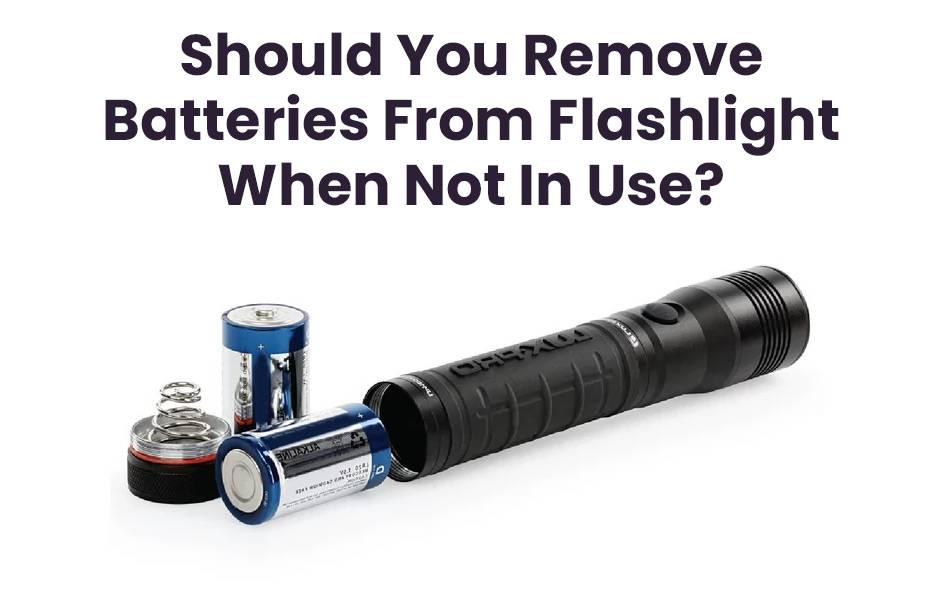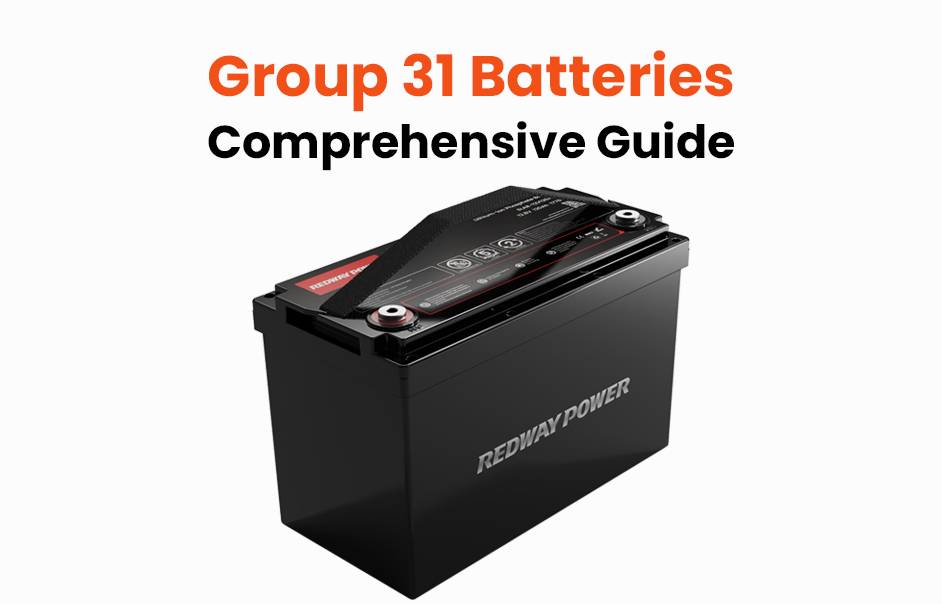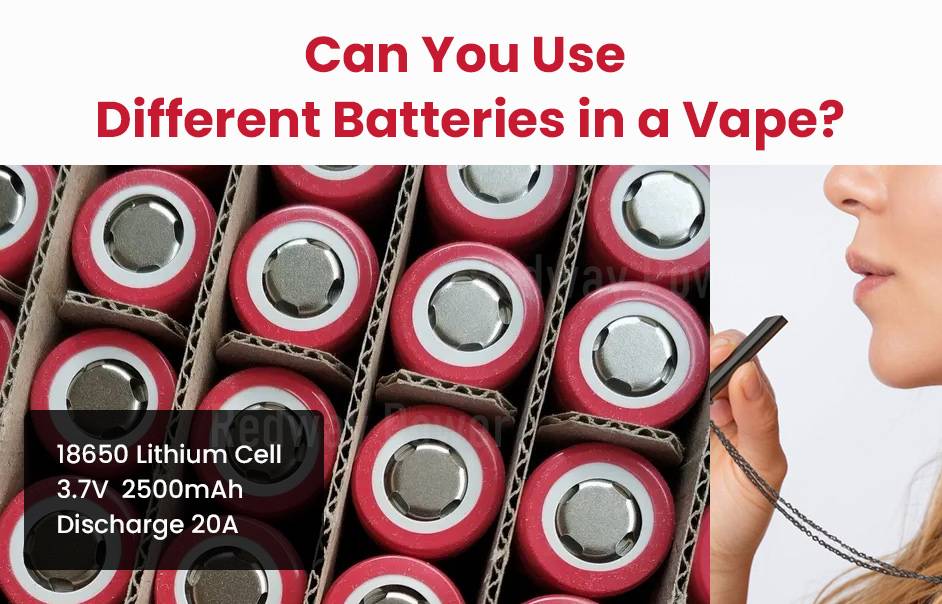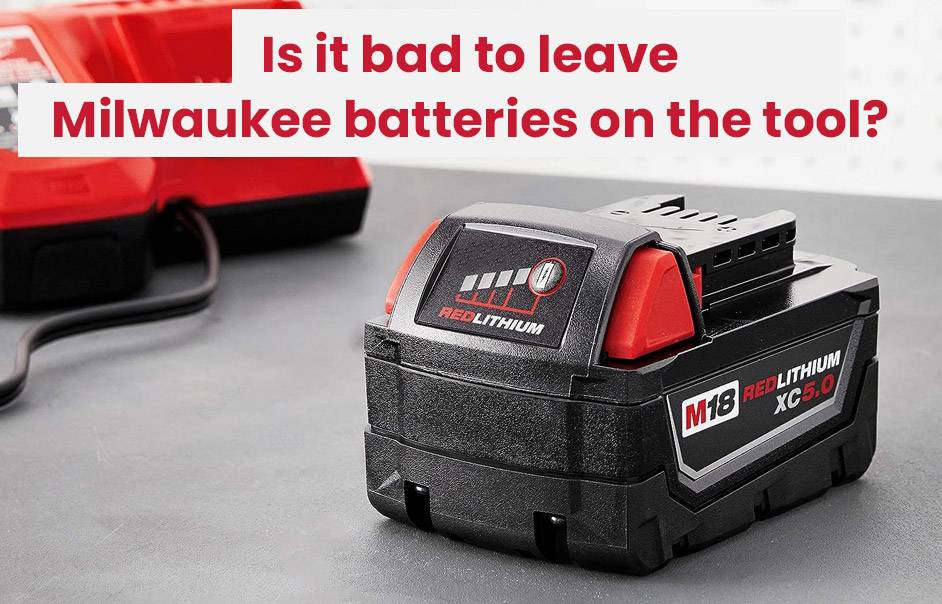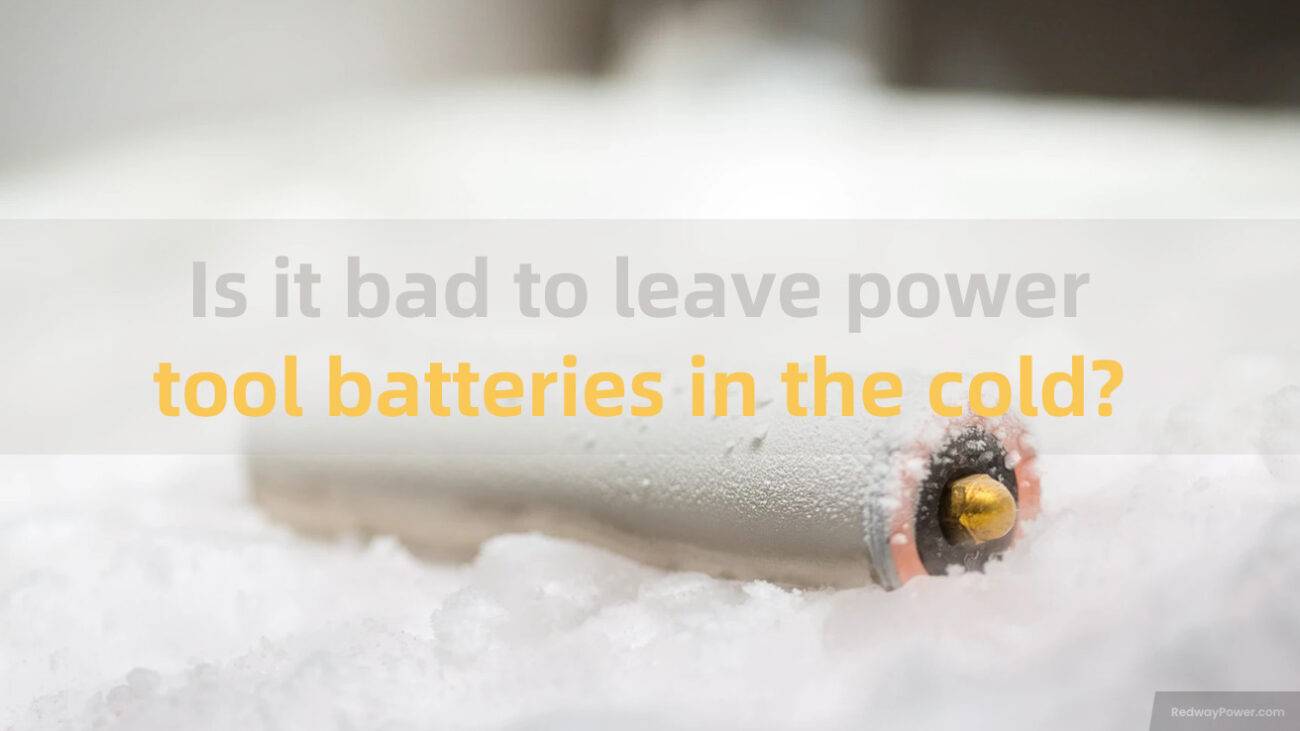- Forklift Lithium Battery
-
48V
- 48V 210Ah
- 48V 300Ah
- 48V 420Ah (949 x 349 x 569 mm)
- 48V 420Ah (950 x 421 x 450 mm)
- 48V 456Ah
- 48V 460Ah (830 x 630 x 590 mm)
- 48V 460Ah (950 x 421 x 450 mm)
- 48V 460Ah (800 x 630 x 600 mm)
- 48V 460Ah (820 x 660 x 470 mm)
- 48V 500Ah
- 48V 560Ah (810 x 630 x 600 mm)
- 48V 560Ah (950 x 592 x 450 mm)
- 48V 600Ah
- 48V 630Ah
-
48V
- Lithium Golf Cart Battery
- 12V Lithium Battery
12V 150Ah Lithium RV Battery
Bluetooth App | BCI Group 31
LiFePO4 Lithium
Discharge Temperature -20°C ~ 65°C
Fast Charger 14.6V 50A
Solar MPPT Charging - 24V Lithium Battery
- 36V Lithium Battery
- 48V Lithium Battery
-
48V LiFePO4 Battery
- 48V 50Ah
- 48V 50Ah (for Golf Carts)
- 48V 60Ah (8D)
- 48V 100Ah (8D)
- 48V 100Ah
- 48V 100Ah (Discharge 100A for Golf Carts)
- 48V 100Ah (Discharge 150A for Golf Carts)
- 48V 100Ah (Discharge 200A for Golf Carts)
- 48V 150Ah (for Golf Carts)
- 48V 160Ah (Discharge 100A for Golf Carts)
- 48V 160Ah (Discharge 160A for Golf Carts)
-
48V LiFePO4 Battery
- 60V Lithium Battery
-
60V LiFePO4 Battery
- 60V 20Ah
- 60V 30Ah
- 60V 50Ah
- 60V 50Ah (Small Size / Side Terminal)
- 60V 100Ah (for Electric Motocycle, Electric Scooter, LSV, AGV)
- 60V 100Ah (for Forklift, AGV, Electric Scooter, Sweeper)
- 60V 150Ah (E-Motocycle / E-Scooter / E-Tricycle / Tour LSV)
- 60V 200Ah (for Forklift, AGV, Electric Scooter, Sweeper)
-
60V LiFePO4 Battery
- 72V~96V Lithium Battery
- Rack-mounted Lithium Battery
- E-Bike Battery
- All-in-One Home-ESS
- Wall-mount Battery ESS
-
Home-ESS Lithium Battery PowerWall
- 24V 100Ah 2.4kWh PW24100-S PowerWall
- 48V 50Ah 2.4kWh PW4850-S PowerWall
- 48V 50Ah 2.56kWh PW5150-S PowerWall
- 48V 100Ah 5.12kWh PW51100-F PowerWall (IP65)
- 48V 100Ah 5.12kWh PW51100-S PowerWall
- 48V 100Ah 5.12kWh PW51100-H PowerWall
- 48V 200Ah 10kWh PW51200-H PowerWall
- 48V 300Ah 15kWh PW51300-H PowerWall
PowerWall 51.2V 100Ah LiFePO4 Lithium Battery
Highly popular in Asia and Eastern Europe.
CE Certification | Home-ESS -
Home-ESS Lithium Battery PowerWall
- Portable Power Stations
What You Need to Know About 3V Batteries
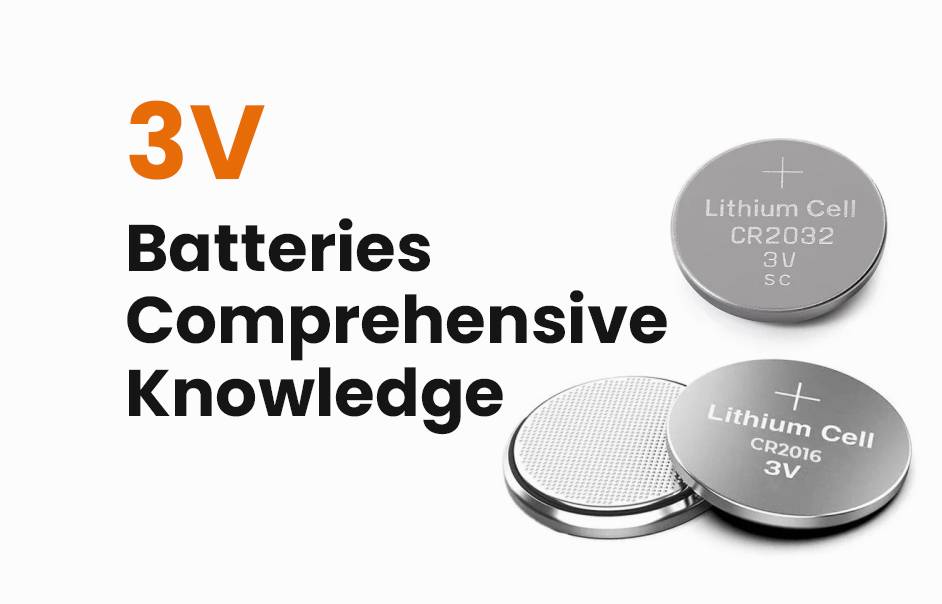
3V batteries are essential power sources used in various devices, ranging from watches and calculators to medical equipment and automotive electronics. Understanding their types, applications, and maintenance can help users select the right battery for their needs.
What are the common types of 3V batteries?
Common types of 3V batteries include:
- CR2032: Widely used in watches, fitness trackers, and small electronics.
- CR123A: Often found in high-drain devices like cameras and flashlights.
- CR2025: Similar to CR2032 but thinner, suitable for limited-space devices.
Chart: Common Types of 3V Batteries
| Battery Type | Dimensions (mm) | Typical Uses |
|---|---|---|
| CR2032 | Ø20 x 3.2 | Watches, fitness trackers |
| CR123A | Ø34.5 x 15 | Cameras, flashlights |
| CR2025 | Ø20 x 2.5 | Car remotes, medical devices |
What are the applications of 3V batteries?
The versatility of 3V batteries allows them to be used in numerous applications:
- Consumer Electronics: Powering watches, calculators, remote controls, and cameras.
- Medical Devices: Used in glucose monitors, hearing aids, and blood pressure monitors.
- Automotive Electronics: Found in keyless entry remotes and tire pressure monitoring systems.
How do lithium batteries compare to other types?
Lithium batteries generally offer higher energy density, longer shelf life, and lower self-discharge rates compared to alkaline or nickel-metal hydride (NiMH) batteries. This makes them ideal for high-performance devices requiring reliable power over extended periods.Chart: Comparison of Battery Types
| Type | Energy Density (Wh/kg) | Self-discharge Rate (%) | Typical Applications |
|---|---|---|---|
| Lithium | ~150 | <5 | Cameras, medical devices |
| Alkaline | ~100 | ~10 | Remote controls, toys |
| NiMH | ~60 | ~20 | Rechargeable devices |
What features should you look for in a 3V battery?
When selecting a 3V battery, consider:
- Capacity: Measured in milliamp-hours (mAh), indicating how long it will last.
- Shelf Life: The duration it can be stored without significant loss of capacity.
- Compatibility: Ensure it fits your device’s specifications.
What are the advantages of using a CR2032 lithium coin cell?
The CR2032 lithium coin cell is favored for its compact size, stable voltage output, and long shelf life, making it suitable for various low-power devices like watches and fitness trackers.Chart: Advantages of CR2032 Lithium Coin Cell
| Advantage | Description |
|---|---|
| Compact Size | Fits easily into small electronic devices |
| Stable Voltage | Maintains consistent power output throughout its life |
| Long Shelf Life | Can last several years when stored properly |
How does temperature affect the performance of a 3V battery?
Temperature significantly impacts battery performance; extreme cold can reduce capacity while excessive heat may accelerate degradation. Ideally, store and use these batteries at room temperature (around 20°C).
What is the expected lifespan of a typical 3V battery?
The lifespan varies by type; lithium coin cells like CR2032 often last up to 10 years, while alkaline options may only last 1 to 5 years, depending on usage conditions.
How can you properly maintain a 3V battery for longevity?
To extend the lifespan:
- Store at room temperature away from direct sunlight.
- Avoid exposing them to extreme temperatures.
- Use them regularly to prevent self-discharge issues.
Chart: Maintenance Practices
| Practice | Description |
|---|---|
| Proper Storage | Keep at room temperature |
| Regular Use | Prevents self-discharge |
| Avoid Extreme Conditions | Protects from heat and cold damage |
Expert Views
“Understanding the characteristics and applications of various types of 3V batteries is crucial for optimizing performance across devices; with proper care and selection, users can ensure reliability and longevity.”
FAQ Section
- What is the most common type of 3V battery?
The CR2032 is one of the most widely used due to its versatility in consumer electronics. - How long can I store a lithium coin cell?
Lithium coin cells can typically be stored for up to ten years if kept under proper conditions. - Can I recharge non-rechargeable batteries?
No, non-rechargeable batteries like standard alkaline cells should not be recharged as they can leak or explode.
















